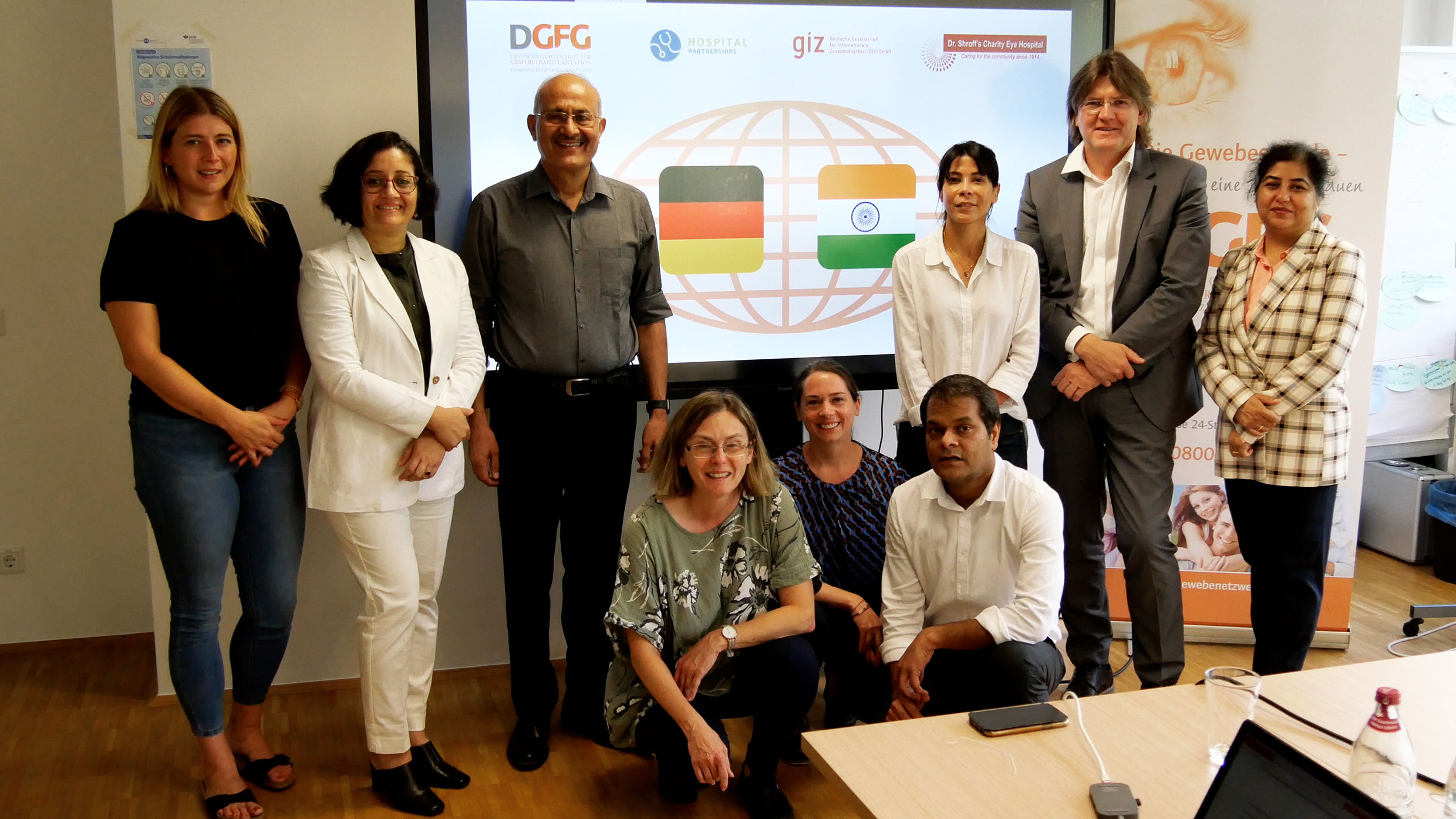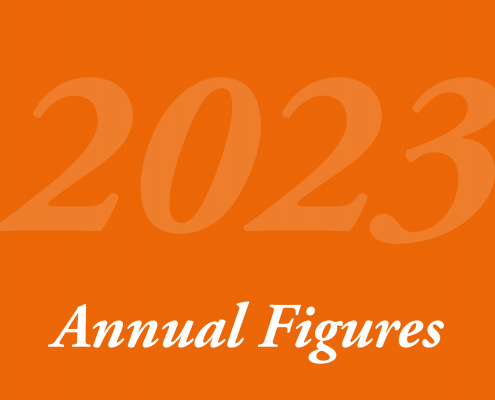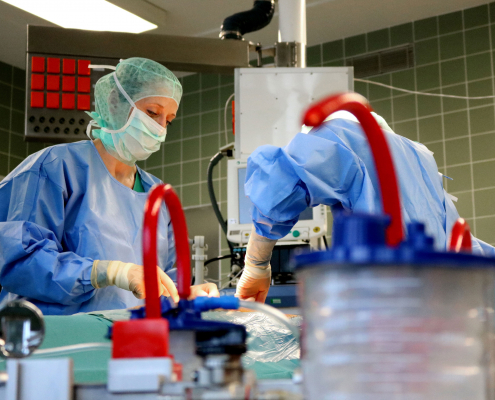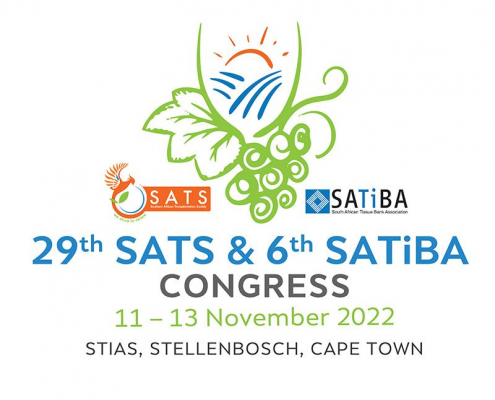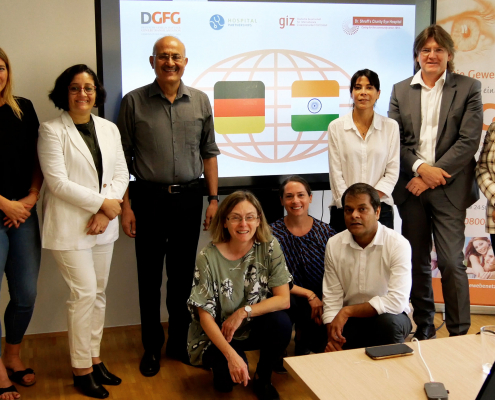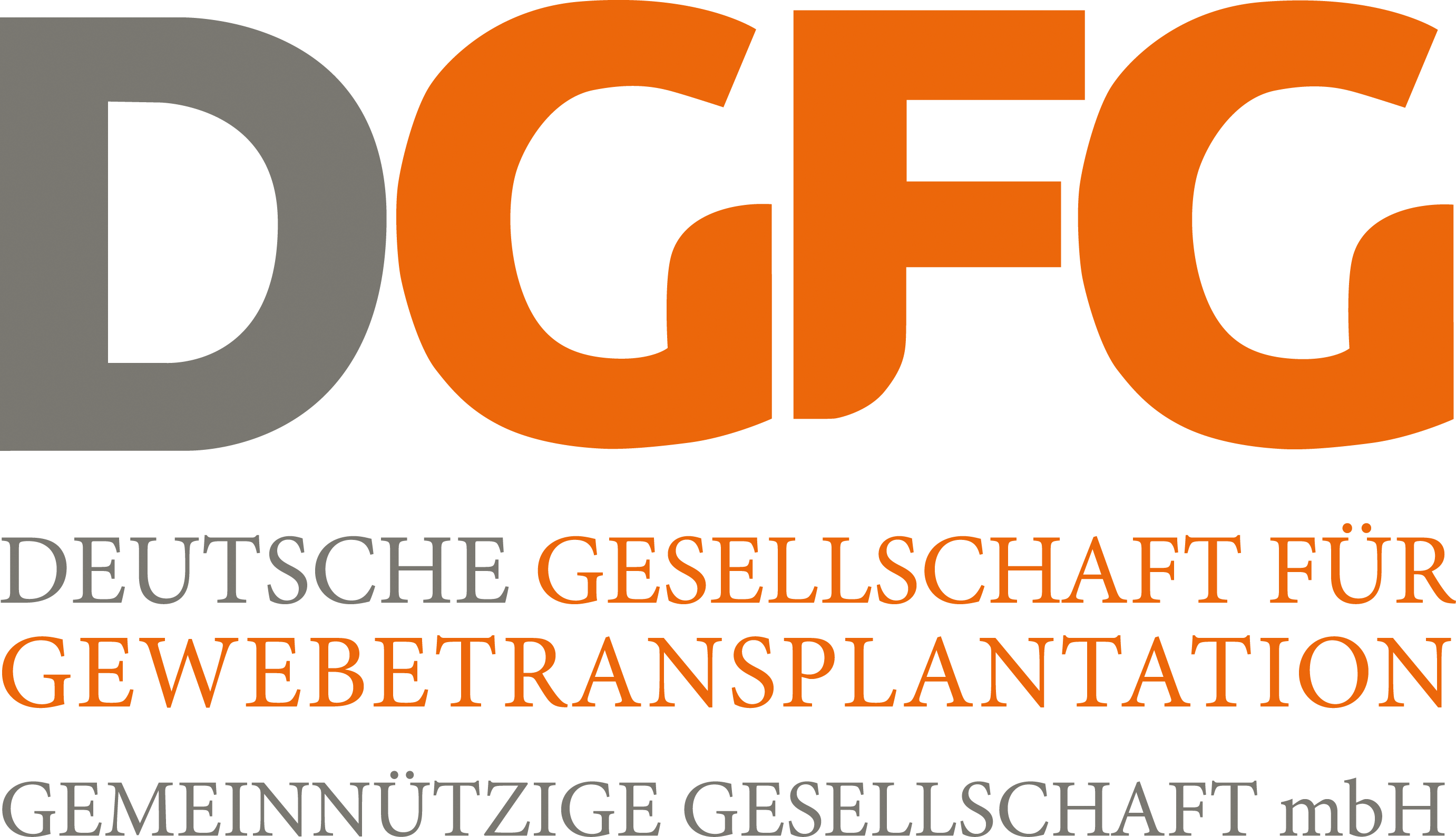International Projects
Two new collection centers in North India
Half-time in the GIZ project of DGFG and Dr. Shroff’s Charity Eye Hospital
At the beginning of July, the team from Dr. Shroff’s Charity Eye Hospital, an eye clinic from New Delhi, came to DGFG’s headquarters in Hannover for a week – an important exchange meeting of the project funded by the Society for International Cooperation (Gesellschaft für Internationale Zusammenarbeit GIZ) from the “Clinic Partnerships” funding program. Rakhi Nathawat (2nd from left), project manager for the SCEH, and Dr. Manisha Acharya (1st from right), ophthalmologist and medical director of the cornea bank of the SCEH, talked about the interim status, special challenges in the project and the milestones already achieved.
Rakhi: As project manager here on the Indian side, it is my job to keep an eye on all the processes in this project for SCEH here in India, to identify problems at an early stage, and to solve them together as a team and with our colleagues from Germany. Half of the project period is already over. Twelve exciting, intensive and, above all, instructive months lie behind us.
What are the goals of this special project?
Rakhi: One is the establishment of two new collection centers for cornea donation in the region around Delhi. The first collection center was scheduled to start in January, the second in June. Today, both sites are already operating very successfully. To date, we have been able to realize over 35 cornea donations. By the end of the project, we want to reach 200 donations. I am sure that we will exceed this goal. The model we developed for the SCEH together with the DGFG team works extremely well. We can very well imagine rolling it out to other sites. It will allow us to expand cornea donation throughout north India. Another goal is to develop a database system that bundles and digitizes all processes to be able to work as efficiently as possible from donation to transplant allocation.
What, in turn, were particular challenges in the project?
Rakhi: While we have made very good progress in setting up the two collection centers, we have realized over the year that developing such a complex database management system takes much more time than we had originally expected. This visit now was planned for the beginning of January. Because of COVID-19 we had to postpone the meeting. For this reason, we now have the goal for the second half of this project to work out a sound concept for such a database. With this concept we want to apply for further funding together with DGFG in the next step. After all, it must also be possible to finance the technical development and implementation.
What insights do you gain from this visit here in Germany?
Rakhi: We learned a lot from DGFG about how to deal with the clinics in the tissue donation process and how to involve them in a network. We gained insight into the activities of tissue donation coordinators and the complex allocation work. We have also been able to draw a lot of insights for us from quality management.
Manisha: Virtual meetings are good and important. But they are no substitute for meeting in person, brainstorming, getting to know each other, and experiencing. We can go into much more detail, look at things much better, evaluate and assess. So, we are very glad to have this renewed opportunity to see each other in person. The last time the DGFG team was with us was in Delhi, September 2021.
Rakhi: The beauty of this project is also that we all feel very comfortable in the team. This certain comfort encourages brainstorming and open exchange, which enables us to be creative and productive at the same time.
Manisha: I have become much more confident in my job at the Eye Bank as a result of this project, as I have gained a lot of new insights simply by diving deep into the subject matter. From the outside, the processes and structures of the SCEH and the DGFG may seem very different. But the deeper you look into those things and understand them, the more similar they seem and the closer you also get. When I traveled to Hanover in 2020 for the EEBA annual meeting back then, I immediately noticed: we are all very similar and have a lot in common. And in the end, we have become friends and are no longer just colleagues, which makes me particularly very happy.
What else would you like to achieve with your project?
Rakhi: We are also working on the visibility and perception of our project. Because we want others to be able to learn from our experience. We are therefore active with presentations on this project at various international events. In October, we are launching a webinar entitled “The donor of tomorrow”, which we are designing together with Eversight from the USA and the DGFG. In November, we will participate in the annual meeting of the South African Tissue Bank Association (SATiBA) to speak in a round table on building tissue donation and tissue banks and how to adapt our experience in African countries.
Everyone at the DGFG agrees that this exchange is more than fruitful. The new perspectives help to look at one’s own firmly established processes from a different perspective. In the process, you can always notice things that can be sharpened and improved.

